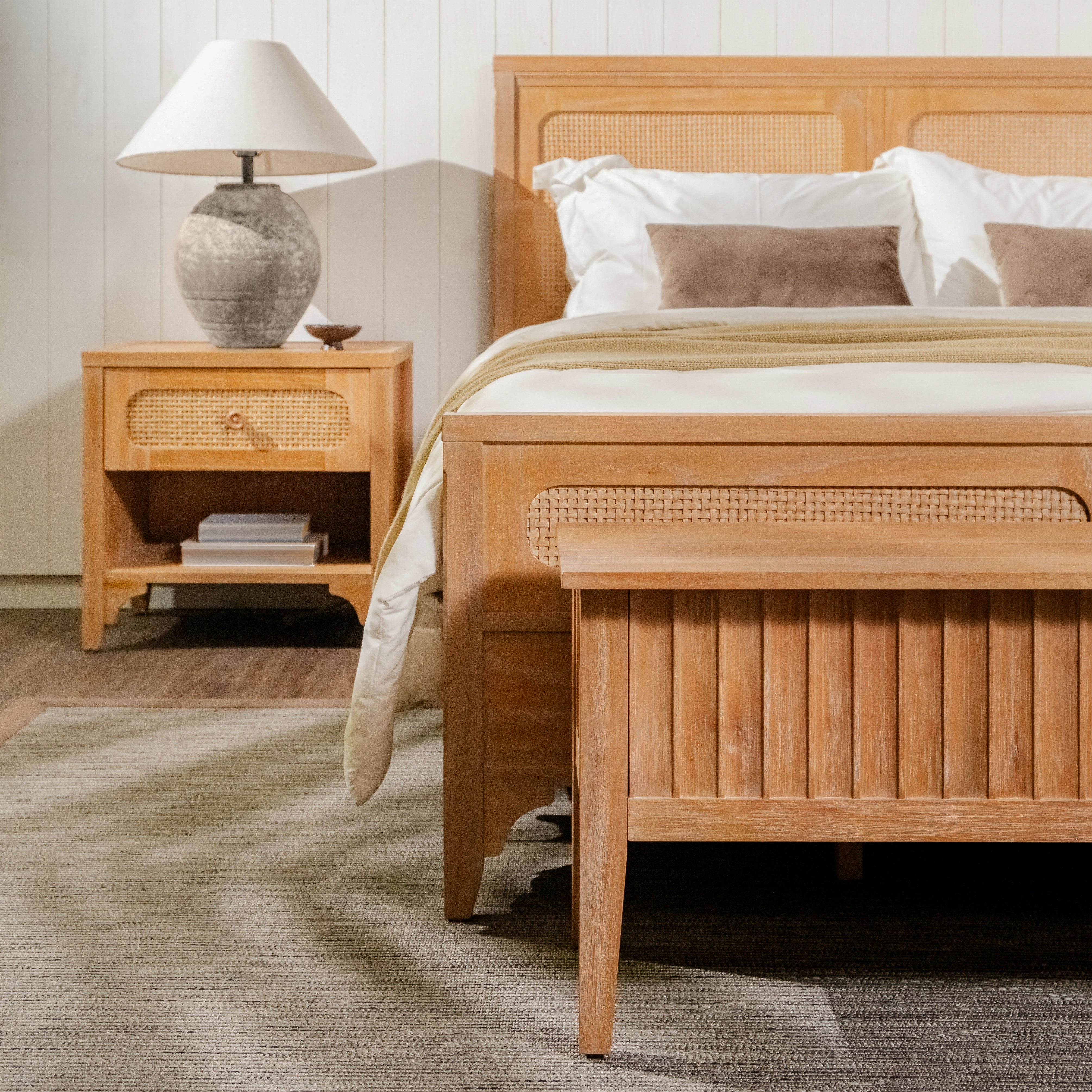Why Texture Is the New Luxury in Interior Design

How layering and sensory detail are redefining the way we live at home
There’s something unmistakably inviting about walking into a room that feels lived in — not cluttered or chaotic, but full of quiet richness. You notice the soft give of the rug underfoot, the cool edge of a marble table, the way light plays across ribbed wood. That feeling? It’s texture — and it’s changing everything about the way we design our homes.
Once seen as a finishing touch, texture has become the foundation of modern interiors. It’s no longer just about what looks good — it’s about what feels good.
A Design You Can Feel
Think of texture as the emotional layer in a space. In a world increasingly mediated by screens and surfaces, tactile experiences bring us back to the present. A mix of smooth and rough, warm and cool, plush and pared-back — it invites touch, slows us down, makes a house feel like home.
Want to feel it in your space? Try mixing opposites — a stone side table beside a linen-upholstered armchair, or a ceramic lamp on a wooden nightstand. The contrast sparks subtle interest without overwhelming the senses.
Layering That Adds Soul
The secret to a textured space? Layering with intention. Whether it’s corduroy cushions on a velvet bench, or a handcrafted bowl resting on clean-lined shelving, layers create depth — and character.
And don’t stop at surfaces. Think architectural details: grooved wood panels, cane webbing, ridged ceramics. Even natural imperfections in timber or stone become part of the story.
When Patterns Join the Party
Another trend emerging alongside texture is pattern drenching — a bold, unified approach where patterns are repeated across furniture, textiles, and even walls. Done well, it doesn’t overwhelm — it embraces.
To keep it grounded, choose a cohesive color palette and let texture vary. And if you're feeling bold? Don’t forget the ceiling — the “fifth wall” — where wallpaper or textured paint can completely transform a room’s energy.
Wood: The Quiet Backbone of Texture
In a sea of materials, wood remains a quiet essential — timeless, grounding, and incredibly versatile. Just look at a piece like the wooden side table pictured above: compact, honest, and full of warmth. Its smooth frame paired with a woven rattan shelf adds a tactile conversation between materials, even in its simplicity.

Here are a few ways to let wood texture work harder for your space:
- Mix tones, not just grains: Light-toned woods like oak or ash feel clean and airy. Try pairing them with darker accessories — a matte black lamp, a charcoal rug — for contrast.
- Layer with objects that enhance texture: On top, a sculptural lamp or hand-thrown vase invites visual pause. Below, stack books or trays with different finishes — leather, linen, or matte ceramics — to create a quiet rhythm.
- Let wood be imperfect: Don’t overstyle. Let small knots, subtle striations, or uneven finishes show. They bring soul — and avoid a showroom feel.
- Play with vertical texture: When paired with vertical paneling like the one behind the table, wood-on-wood becomes layered, not repetitive. The key is contrast — tone, grain, or gloss.
Let Texture Tell Your Story
At its core, texture is about how you experience your home. It’s the quiet comfort of worn-in wood, the subtle rhythm of woven cane, the contrast of smooth and rough beneath your fingertips. These are the small, sensory moments that make a space feel alive — not styled, but truly yours.

That belief is woven into every piece we create at Casewood. From our hand-finished drawers to our naturally textured wood grain and rattan accents, each detail is designed to bring real, tactile beauty into everyday life. We believe that thoughtful texture doesn’t demand attention — it invites it.
Because in the end, it’s not just about how a room looks. It’s about how it feels to live in. And when you layer it with intention, texture becomes more than a detail — it becomes the soul of the space.



